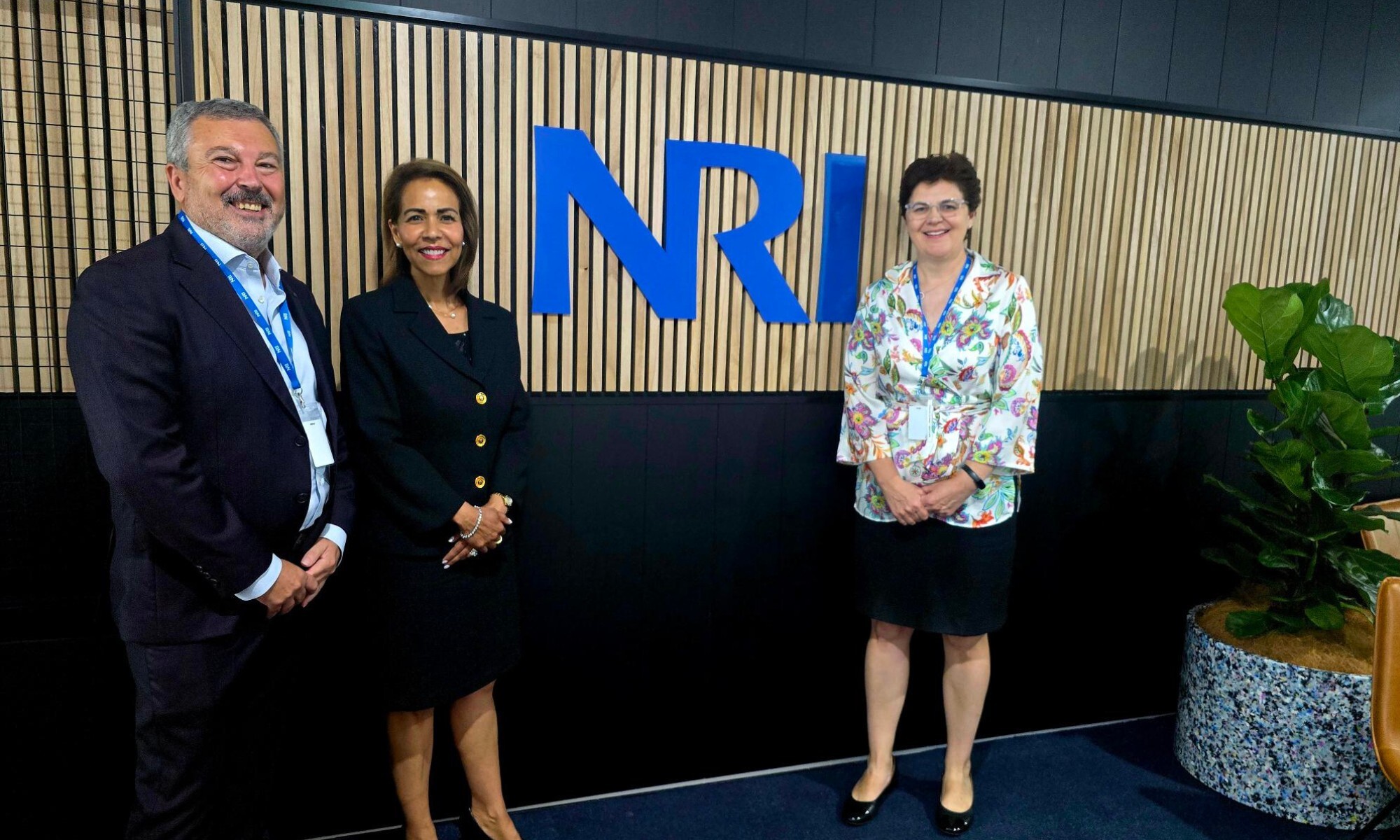Insights
Integrating and connecting data points to create a data feedback loop
- Date 11 Sep 2022
- Filed under Insights

Whether you’re a leader at a small company, or the CEO at a 5,000+ person organisation, the strategy behind your data insights could improve both your decision-making process and customer experience.
Delving deeper into the opportunities that data can unlock, we discussed with our Capability Team, what might be driving demand in relation to data, and what challenges we thought organisations might be facing. It was agreed based on our engagement with the market, that whilst nearly all larger organisations are in most areas digitally enabled, many are still struggling to realise the true value of their digital investments. Often this is due to data insights not being managed or shared in a way that makes it useful.
This is a finding echoed by Microsoft in a study of over 500 medium-to-large Australian organisations. In the group made up of entities in the retail, finance and government sectors, only 28 percent said they had a company-wide data sharing strategy. One third said they shared little to no data insights at all.
Data unification
In the past, data has been perceived as a by-product of a business activity or process. For example customer data collected during the sales process is stored in a CRM system and rarely used unless there is a need for follow-up (e.g. customer service, special reports or audits, etc.).
Fast forward to today, organisations recognise that data is critical and can be used intelligently through data analytic tools to aid better decision making around four main priorities – the customer, employees, operations, and new offerings.
However, with millions of data insights now collected on issues such as customer online activity, demographics and preferences, businesses have found that it’s not a lack of data that causes them headaches, it’s what to do with it.
The digital feedback loop
Integrating and connecting data points across an organisation is what Microsoft has built into a framework called the ‘Digital Feedback Loop’. The concept is that with data insights and data analytics at its core, there is a basic requirement for the integration of data from all parts of an organisation to achieve the four goals of:
- Engaging the customer
- Empowering employees
- Optimising operations
- Transforming product and service offerings
As Microsoft explains, your business, customers, product, people and operations are all related. The ability to collect and integrate this data into a 360-degree view of the customer allows you to serve them in a far more proactive and intelligent way. The enablement of this data strategy is what Microsoft say they can facilitate end-to-end. From data, to unification, to insights, and into action.
Your journey
For many organisations, delivering outcomes like the above, is like chasing the ‘pot of gold’ at the end of the rainbow. It’s in your sights, you want it, but how do you get there?
Like 72 percent of the companies in Microsoft’s survey that admitted to having no data strategy in place, the first obvious place to start is figuring out where you are today. We can help you do that.
How NRI can help
Through the power of Microsoft technology, we help customers open the doors to greater digital success. Unlocking business advantages, efficiencies, and better ways of working. Whether you want to modernise your workplace, increase customer insights, or leverage the benefits of cloud, we’re a partner you can trust on your transformation journey.




